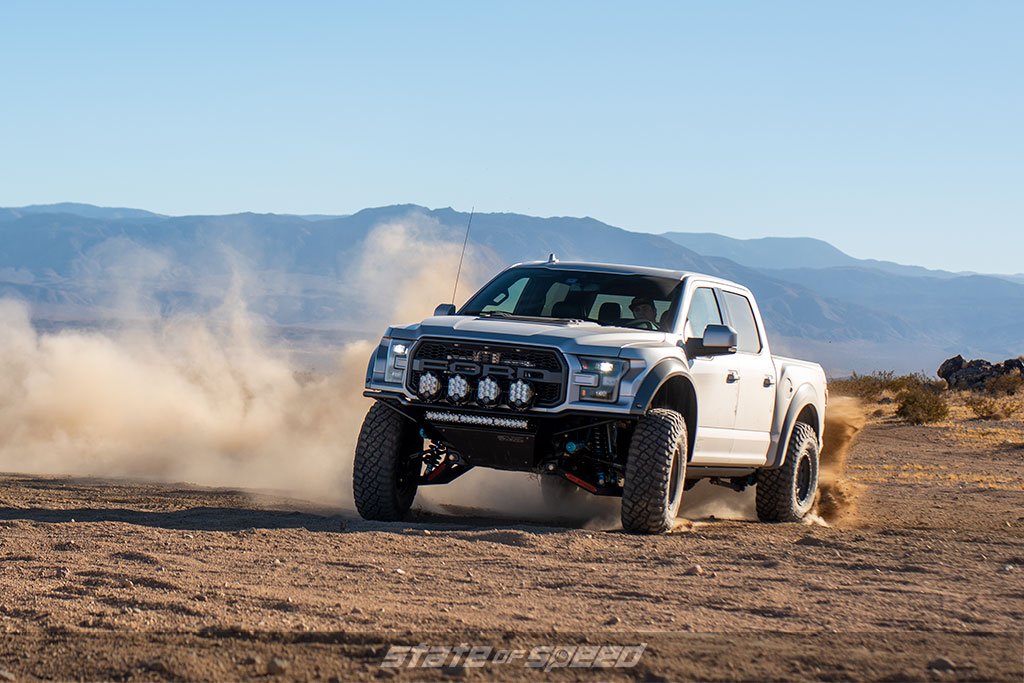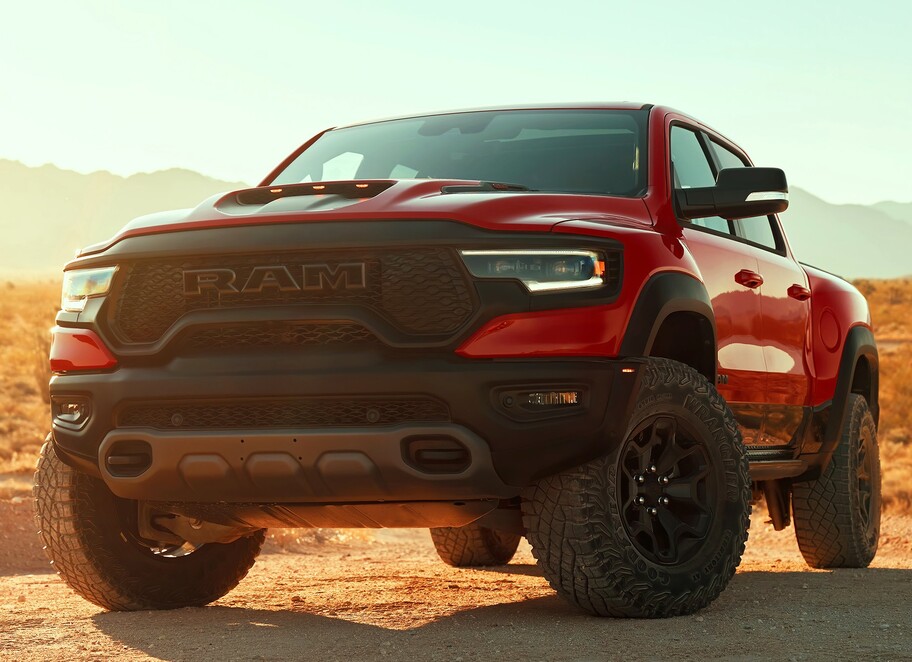
The Raptor has a unique feature inherited from the Bronco called Trail One-Pedal driving, which maps both acceleration and braking to the gas pedal.
#Raptor vs trx drivers
Both also boast some form of hill-descent control and both feature massive touchscreen displays that allow drivers to customize their performance. Both feature some form of sub-5-mph low-speed crawl control for off-road use: Ford calls it Trail Control, while Ram has Selec-Speed Control. Both trucks feature multiple drive modes controlling the suspension, powertrain and four-wheel-drive parameters.

#Raptor vs trx software
The Raptor's cabin gets a big tech upgrade.īacking up the hardware are software and features that help these trucks and their drivers tackle a variety of jobs, terrain and conditions. Trading blows back and forth, this category is too close to call based on numbers alone. The Raptor does have the advantage of overall suspension travel, boasting 14 inches of front axle travel and 15 inches of rear axle travel when rolling on 35-inch tires, compared with the TRX's 13 and 14 inches, respectively. However, the Raptor is also a lighter truck, so maybe it'll all work out. The Raptor's electronic damping control is slower than the TRX's, with an 80-millisecond reaction time, and its claimed max damping force of 1,000 pounds per corner also comes up short. This year Ford ditches the Raptor's old leaf springs, moving to a five-link coil-spring rear suspension to match its double-wishbone front.

Meanwhile, the new Raptor features a revised Fox Live Valve electronic-control suspension, also with remote reservoirs, and with larger 3.1-inch-diameter dampers. Electronic control can adjust compression and rebound damping with a reaction time of just 20 milliseconds, and Ram claims up to a ton - 2,000 pounds - of damping force absorption per corner when landing a big jump. The TRX rides atop an adaptive suspension with Bilstein Blackhawk E2 shocks with 2.5-inch-diameter dampers with remote reservoirs, a double-wishbone setup up front and five-link coil-spring system out back. Ford told us the Raptor will weigh about 600 pounds less than the TRX, so let's estimate 5,750 pounds versus the Ram's 6,350. The Raptor's 74-inch front and 73-inch rear tracks reflect this difference, but aren't too far off of the TRX's 74.5-inch and 74.1-inch, respective, front and rear tracks. The Ford is also a slightly narrower truck than the Ram, with an overall width of 86.8 inches versus 88 inches. The F-150's height depends on the tires equipped - which we'll get back to in a bit - but ranges between 79.8 inches and 80.7 inches, still short of the TRX's 80.9-inch roof. And while the Raptor's overall length of 232.6 inches is just a touch longer than the standard SuperCrew, it's still about three-tenths shorter than the TRX's 232.9 inches. The Raptor's 145.4-inch wheelbase is within a few tenths of an inch of the Ram's 145.1 inches. Metrics for the Ford are incomplete at this time, but we've got enough to compare, pointing out the educated guesses as we come to them.

+67 more See all photos Exterior dimensionsįor this story, we're comparing the Raptor SuperCrew with the TRX Crew Cab, partially because they're comparably scaled, but mostly because the Raptor's shorter SuperCab body style was discontinued.


 0 kommentar(er)
0 kommentar(er)
